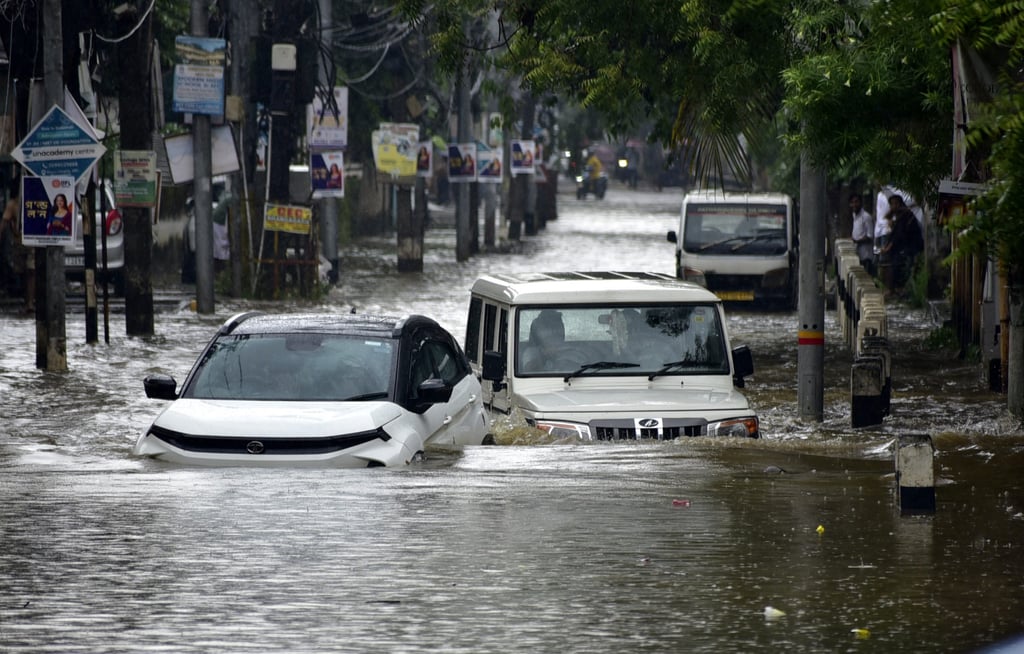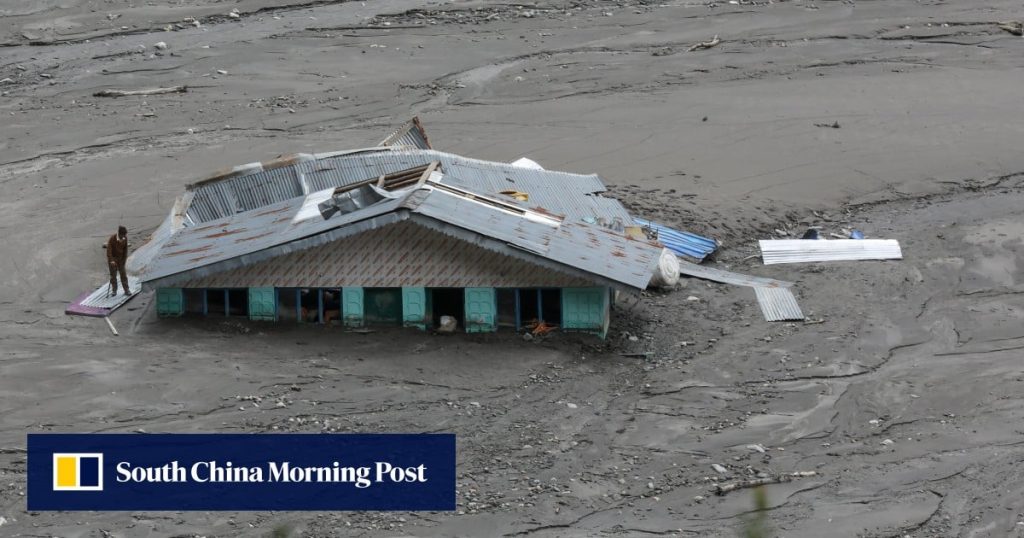Back-to-back natural disasters triggered by heavy rain and flooding in the Indian Himalayan region have highlighted the growing dangers posed by climate change to one of the world’s most ecologically sensitive regions, experts have warned.
Flash floods triggered by torrential rains have killed at least 176 people and left scores others missing in India and Pakistan over the past 24 hours, officials said on Friday, the second such incident in the mountainous range in a little over a week. An incident, the previous week, resulted in a severe flood and mudslide that destroyed an entire village in Uttarakhand.
Thursday’s flood washed away a community kitchen and a security post along a pilgrimage route, officials said.
According to scientists, changes in snowfall and rainfall patterns due to climate change have made the Himalayan mountains vulnerable. Glacier retreat and permafrost thaw – ground that remains frozen for at least two consecutive years – have decreased the stability of mountain slopes.
Warming seas have also intensified the seasonal monsoon, resulting in shorter but more intense rainfall. The June to September monsoon brings more than 70 per cent of the annual rainfall to the Indian subcontinent.

According to Mahesh Palawat, vice-president of meteorology and climate change at Skymet Weather, a western disturbance over the region is currently amplifying the monsoon’s effect.


